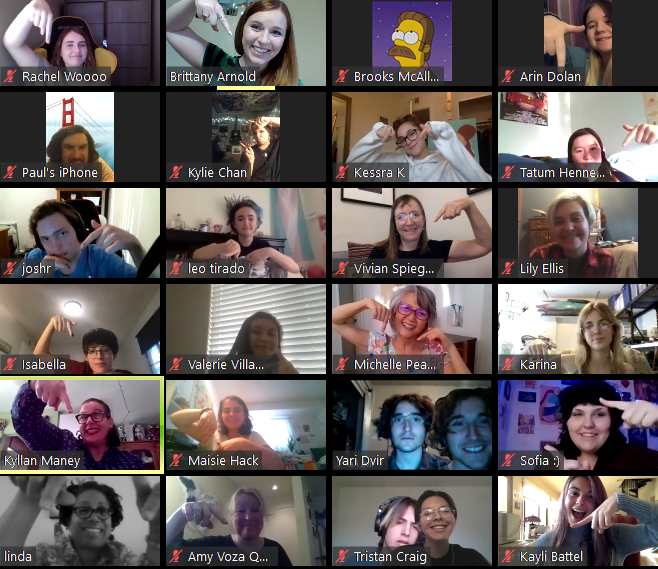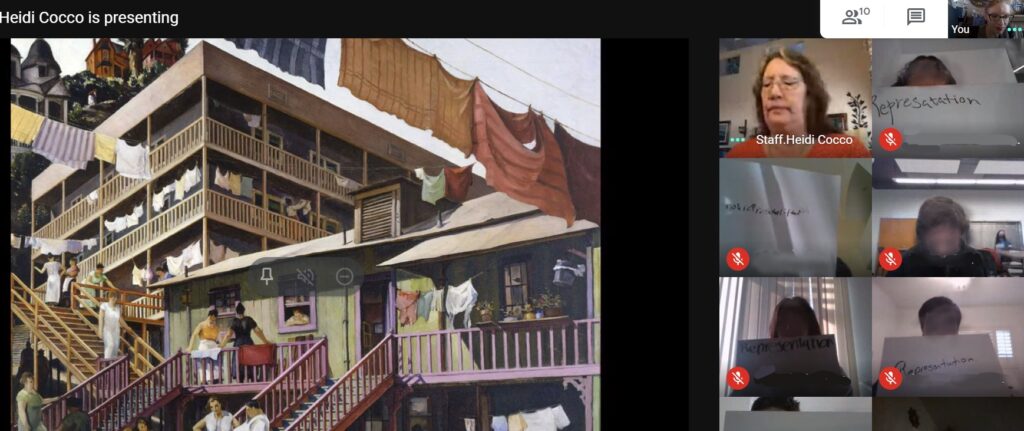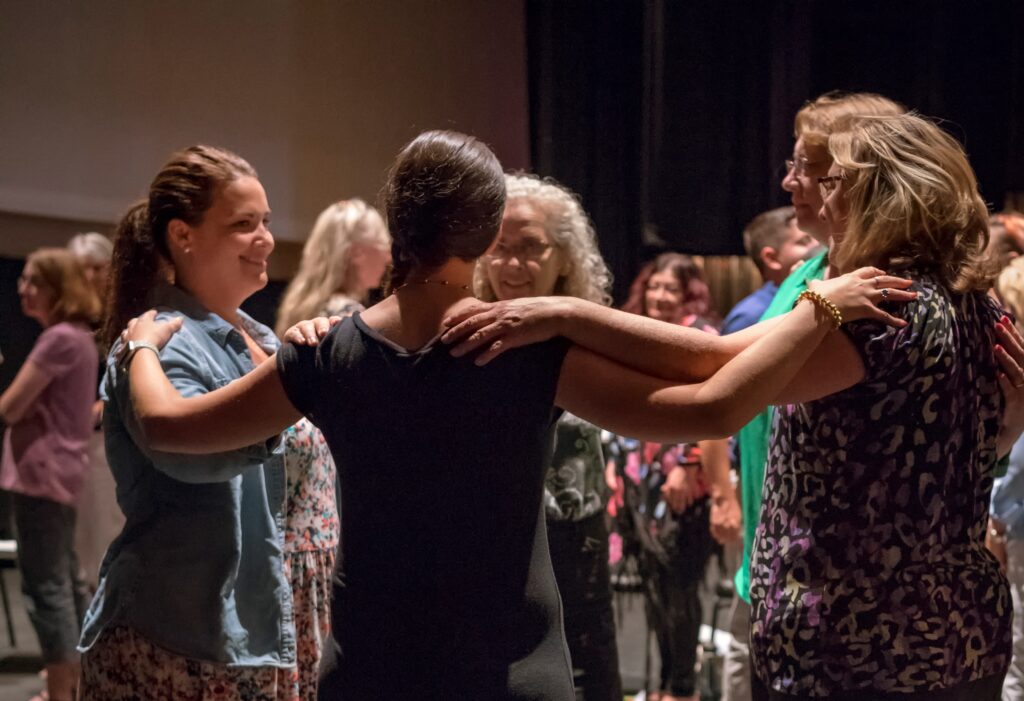Connecting through the Universal Language of Art
It is a common scene in homes around the country right now: students enter electronic classrooms to see their classmates as a grid of faces on a screen. Teachers have quickly adapted to teaching through online platforms but struggle to find new ways to connect with their students, students to each other, and curriculum to prior knowledge. Even as students begin to physically return school, they are still socially distanced.
The arts have long been considered a universal language that transcends barriers to communicate complex ideas and emotions, connecting people on a basic human level. This communicative power makes the arts a powerful tool for educators.

At Pinnacle High School, Heidi Cocco is an English language learner (ELL) teacher who uses the arts to bond with her students and as an approach to teaching. “One thing the arts does is it creates relationships, and it does it fast,” Cocco says.

She has participated in Kennedy Center Partners in Education professional development workshops for teachers through Scottsdale Arts Learning & Innovation for almost 15 years. She started off this year using Pass the Painting with her structured English immersion (SEI) students. The lesson, designed by Melanie Rick, co-owner and senior arts-integration consultant for Focus 5, Inc., teaches visual literacy and writing skills.

“I love the arts, so I wanted to give them the arts. I could always see how the arts fit whatever we were doing. My students loved it!” said Cocco, a 23-year veteran teacher. As her students became intrigued with the kaleidoscope of drawings and paintings that flashed across their screens, they—without realizing—became more comfortable speaking to one another through learned vocabulary, sentence structure, and inference.
“I love the arts, so I wanted to give them the arts. I could always see how the arts fit whatever we were doing. My students loved it!”
Heidi Cocco, teacher, Pinnacle High School
“At first it is hard to speak in full sentences but (Pass the Painting) is training to speak in full sentences,” Cocco explains. “Now, the expectation is that they speak and write in full sentences. Reading art is an easy way to teach them that. They don’t even realize how much they have learned.”
The students’ positive feedback attests to the success of the teaching method. “It makes your brain work more because you have to see the pictures and describe them,” said one student. ” It made it personal.”
Back to Spark home.
CONNECTIONS: Amplify | Immerse | Inspire



